This is one of the most iconic natural homes in the world...
|
|
| |
|
|
|
|
|
| |
|
This stunningly beautiful tiny home with sculpted cob walls looks
out over the banks of a small stream in Somerset, England where the
local dialect still has remnants of the Anglo-Saxon language. The home is the work of Lisa and Rich who built the house with clay
from the stream that runs just out of view in this picture. They
collected roundwood of Pine and Hawthorne thinned from the local
woodlands to build the frame of the home.
|
|
|
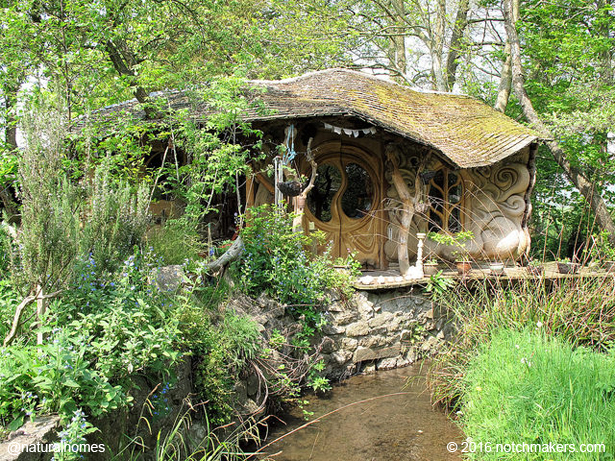 |
|
|
|
|
What do the locals of Somerset sound like?If you were to meet someone with a local Somerset accent they might
sound something like this:
"Whirr be gwain to? Tiz getting dimpsey, zo
cummin yer an wet thee's whistle". Which means, "Where are you going?
It's getting dark, so come in and take a drink". If you're
interested in English accents you can listen to the
Somerset accent on the BBC |
|
|
|
|
|
|
|
|
|
|
|
|
|
|
|
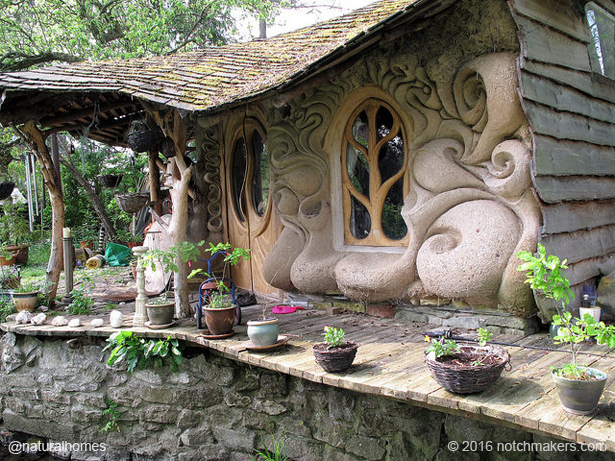 |
|
How do you make cob?
If you want to build with cob then you must test the quality of your
clay. Cob also depends on the coarseness of the sand. This is how to
do a snowball test. Combine your clay soil and sand in different
proportions: 3:1, 2:1, 3:2, 1:1, 2:3, 1:2 and 1:3. For each, mix the
sand and clay thoroughly and add just enough water to make the grains
stick together when you squeeze a double handful very tightly.
Make compact balls of the mixes about 6cm diameter. Then while
holding a ball between thumb and index finger of one hand squeeze
the ball with the thumb and index finger of the other hand at
right angles to the first.
A ball made dry enough from the ideal mix
should not distort by more than 0.5cm and be hard enough not to
break. Then hold each ball 1m above soft ground e.g. a grass lawn, and drop
the ball. If the ball breaks it is too dry or contains too much sand.
If the ball deforms it contains too much clay or too much water. The
ideal mix will maintain its shape on impact. |
|
| |
|
|
|
|
|
When you have
discovered the correct clay, sand and water mix use a tarp to mix
large batches of clay and sand. Mix these dry in the tarp until
you can't see patches of clay or sand then add water little by
little treading and rolling the mix in the tarp. Once lumps are
broken up begin to add the straw. Tread the straw in until it is
covered with the clay/sand/water mix and then turn in the tarp.
Repeat adding more straw and turn in the tarp from different
corners making sure the centre is also turned. Continue adding straw until the mixture feels like
a tough substance rather than a loose (squishy) mud. The cob in
the tarp will now turn as a single mass. Adding more straw now is
very difficult so this is when the mixture is ready. How can I
learn about building with cob?One of the best books
available about building with cob is
'The Hand-Sculpted House' [right] by Ianto Evans, Linda Smiley, Michael G. Smith. A
cob oven is a good first project. Ziggy at Dancing Rabbit
ecoVillage has a good guide to
cob oven building. And when you've tried your hand at that join a
workshop at
Cob Cottage to
learn how to build a
cob home. You'll find many cob workshops in our
natural building workshop listings hosted in Facebook. Below
are some more cob homes around
the world, click the yellow refresh button to see more. |
|
|
|
|
|
REFRESH |
 |
|
|
|
|
|
|
|
|
|
|
|
|
|
|
 |
|
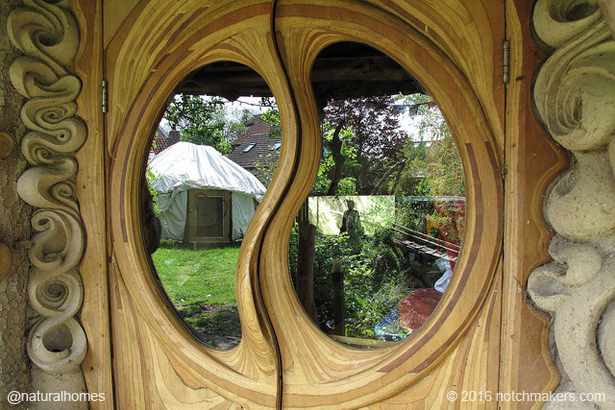 |
|
| |
|
|
|
|
|
|
The roof of Lisa and Rich's home is tiled with cedar shingles.
The walls are straw bale on
the north and east with sculpted swirls of cob on the south and west.
Below (right) show shingles being cleaved with a froe including a short video of how wooden shingles are made. A shingle
roof can last between 50-80 years.
Rich is an artisan woodsmith and made the
unbelievably beautiful window (below left) and the door (above). He
now runs a natural building company called
notchmakers
 specialising in high quality bespoke doors, windows.
specialising in high quality bespoke doors, windows. |
|
| |
|
|
|
|
|
|
|
|
|
|
 |
|
how to make shingles |
|
|
|
|
|
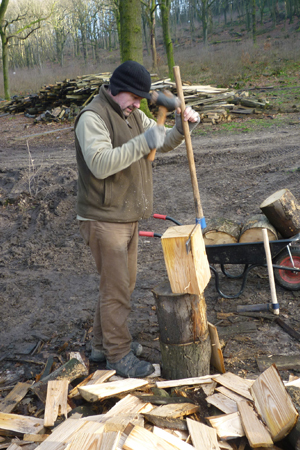 |
|
| |
|
|
|
|
|
|
|
|
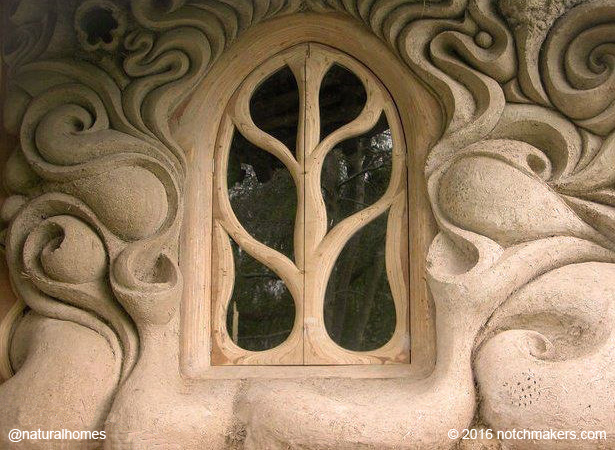 |
|
More on Natural Homes...
Take a journey into the natural building world by visiting one of the natural builders pictured right. You
can see many more beautiful homes on the
Natural Homes Timeline. If you would like
to build your own natural home please join our
natural building group on Facebook where you can chat with
experienced natural builders around the world with over 50,000
other members. We also have a
natural living group for you to join where we exchange knowledge and experience about how to live natural lives such as
growing food, healthy eating, low-impact living, crafts with natural
materials, natural cosmetics, even yoga and tai chi. |
|